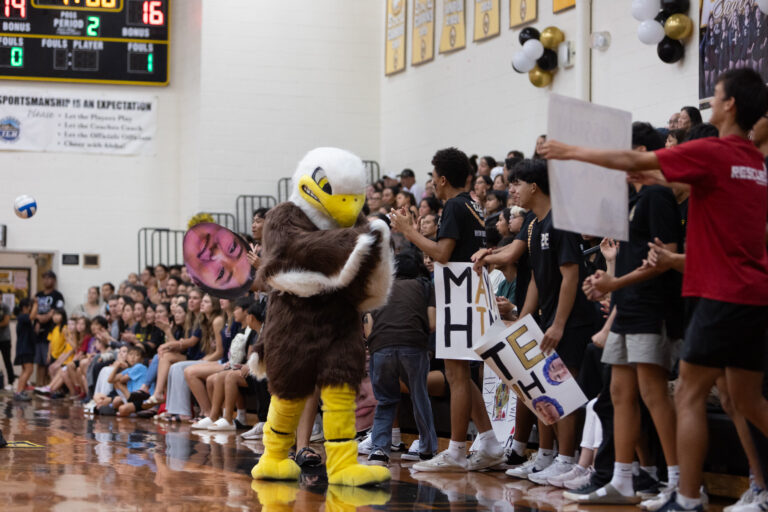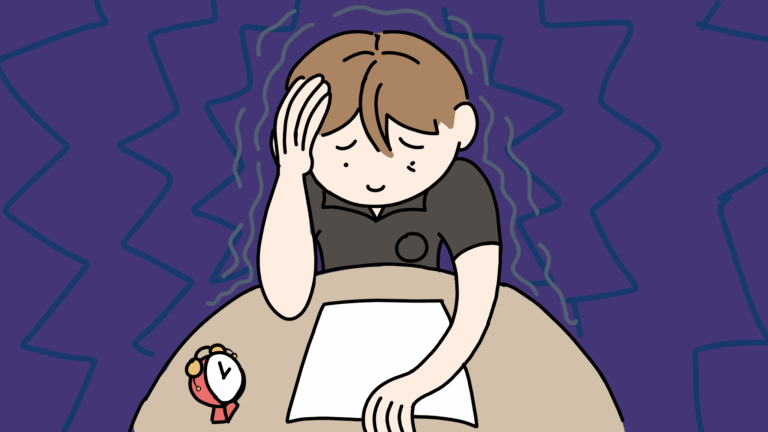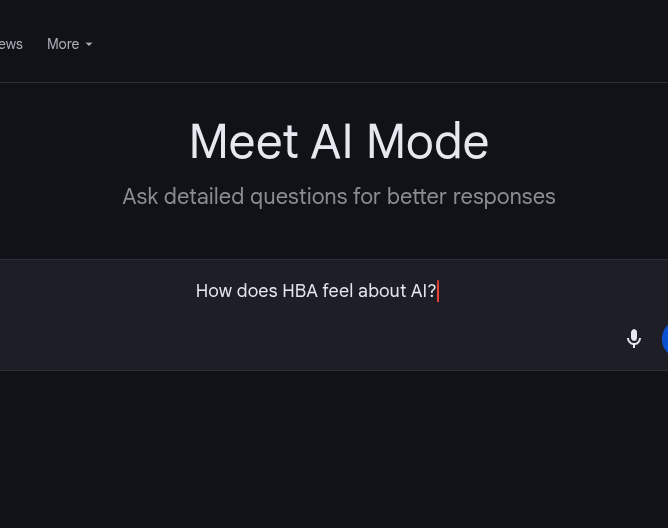A girl stares down at a journal, scrawls a few lines, and turns the page. She looks comfortable, wrapped in an oversized sweater and a pink scarf. Outside, snow drifts, framing a cozy winter village with warm yellow lights all aglow. An orange cat perches on the windowsill, and you can almost hear its contented purr.
If this scene sounds familiar, you’re probably one of the tens of thousands of listeners who tune into the highly popular, infinitely streaming Youtube video “lofi hip hop radio – beats to study/relax to.” Published by Youtube user Chilled Cow in 2018, the video has continuously catered to people looking to “chill,” often while they do homework or study. It features an ambient soundtrack accompanied by an anime-style visual. Technically, the stream was restarted last week after streaming continuously for around two years but continues to delight listeners with similar leitmotifs and an almost identical backdrop.
The lo-fi (a term that stands for “low-fidelity”) music genre is composed of deliberately imperfect recordings in order to create a fuzzy, intimate aesthetic often punctuated by simulated environmental interference such as nature sounds or dialogue. Though it first began to gain popularity in the 1980s, lo-fi hip hop has risen to higher prominence rather recently, in the late 2000s. Countless Youtube channels, including the ever popular Chilled Cow, accumulate thousands and even millions of followers who eagerly await the next installment of video series with titles like “lofi radio” and “chill lofi beats.” The intriguing thing about these recent videos is the presence of clips from anime shows or short animations in an anime style, such as in Chilled Cow’s video, or even the presence of musical themes from anime shows and movies. When did anime and lo-fi begin to intersect?
Some hypothesize the rise of anime-lofi culture came with the groundbreaking career of music producer Jun Seba, known professionally as Nujabes, who popularized lo-fi jazz/hip hop by incorporating it into the soundtrack of popular early 2000s anime Samurai Champloo. Also associated with the origins of today’s lo-fi culture is late 90s anime Cowboy Bebop, whose jazzy tunes inspired Nujabes’ work. As a result, these and other 90s through 2000s shows became the face of lo-fi.
Because these shows came before the childhood of anime-lo-fi’s main audience (listeners in their late teens to early twenties), videos featuring their visuals accompanied by lo-fi music tend to evoke nostalgia for memories listeners don’t actually possess. They imagine a time before high quality produced music and computer generated animations replaced fuzzy audio and hand drawn images. There is something to be said about the romance of this DIY aesthetic and the vintage sense it produces. Nostalgia also gives listeners the impression of maturity– young children mostly don’t have a capacity for nostalgia, so experiencing it marks one as mature.
When I listen to lo-fi, like the girl in Chilled Cow’s video, I’m usually studying or reading. Sometimes, though, I go outside with a pair of earbuds and my favorite lo-fi playlist and look up at the sky, listening and watching. Oddly enough, this helps me to both focus and feel disconnected from the outside world. I’m not looking for anything in particular, just feeling the world move around me as I stand still. I find lo-fi more enjoyable than its successor, Bedroom pop, a genre that has drawn extensively on lo-fi influence to create that DIY aesthetic. Bedroom pop tries so hard to seem lowkey and humble, but fails to capture a legitimately modest sense. Lo-fi, on the other hand, provides an appropriate soundtrack to the intricacies and simple pleasures of teen life.
Previous Posts:
Music Blog: Making the Perfect Playlist
Music Blog: A Private Rebellion
Music Blog: Mele Kelikimaka







